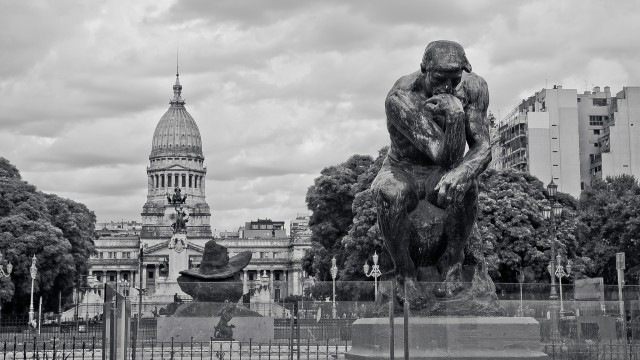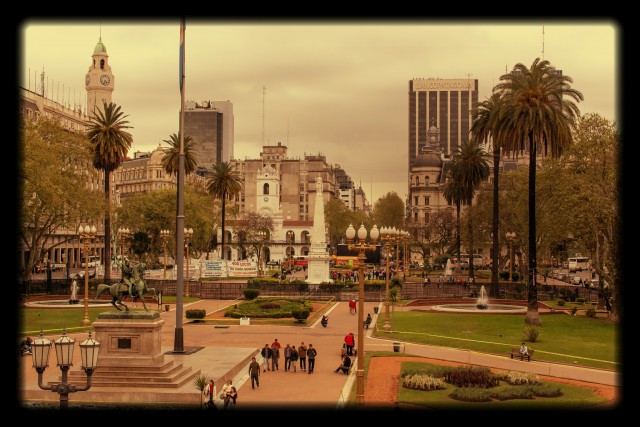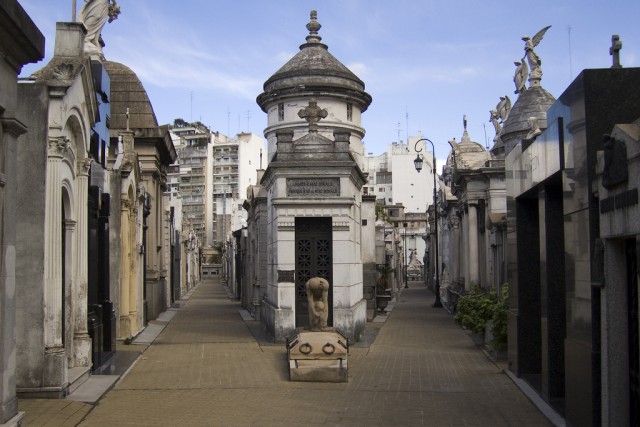 the Travel Enthusiast
the Travel Enthusiast
- 25 Mar
Adam in Amazing Places | NO COMMENTSBuenos Aires, The Capital of Tango
Buenos Aires has the largest boulevards in the world and gives you the rhythm of tango
Los Portenos, or also known as the people born and raised in Buenos Aires, claim that Avenida 9 de Julio, the main boulevard, is the largest in the world yet probably also the most trafficked. Numerous “colectivos”, the public transport buses are also at the same time symbols of the city.
Its drivers are well known for being cheerful, upbeat and are open for talking about any subject. Their paradoxical way of driving has also become legendary, their driving style being extremely aggressive yet at the same time very confident.
In 1936, at the center of the boulevard a colossal obelisk was raised, being 70 meters tall to commemorate the first, albeit unsuccessful establishment of the city.
The actual metropolis, having a population of about 11 million, had a struggling history. The first tentative, in 1536 was to erect a settlement but was failed due to the opposition of the local Amerindians, but also the lack of supplies.
The Viceroy of Rio de la Plata
The second tentative, in 1580 was more successful. Newcomers gained big properties and started the first cattle farms. Plus, this time there were more people.
Even than, Nuestra Senora de Santa Maria del Buen Aire, how the settlement was called at the time, had an existential problem in the beginning. The Spanish did not authorize commercial exchange, so the colonists started practicing smuggling by intensive cattle raising.
This occupation was so advantageous that in the late 17th and the early 18th century, sizable settlements were established on the Parana Hills, with its small rivers being perfectly accessible for smuggler ships.
Thanks to its enormous proceeds, Buenos Aires had become the capital of the new formed Spanish Viceroy of Rio de la Plata in 1776. The new official state gave it the city status and made it an important administration center.
With its wealth new immigrants had arrived, especially from Spain and Italy, but also from Central European countries like Germany. These people opened wharves and slaughter houses at the southern part of the city, later the place being abandoned by the local bourgeois because of the yellow fever in 1870.
Plaza de Mayo
The historic center of the city is the Plaza de Mayo, dominated by the Casa Rosado and the presidential residence. The president of the country addresses the nation from the red balcony of the building. 100.000 of Argentinians protests, celebrates, or demonstrates at this square.
From the western part of the square there is the starting point of a 2 km long boulevard called Avenida de Mayo, which guides you the Palace of the Argentine National Congress which is identical to the Capitol of Washington.
In Buenos Aires all the long streets and boulevards starts from here. On the opposite side of the congress building lies the monument of the “second congress”. It symbolizes the Andes.
- Flights
- Hotels
- Packages
- Cars
- Cruises
travel search by Travelgrove (get this widget)The modern rhythm of the city beats on the north in the Plaza de Mayo, both sides of the Calle Florida and Calle Lavalle promenades. Many people roam these places due to its vibrant and lively atmosphere.
San Telmo, the artists’ district
Very interesting visiting points of the city are two working neighborhoods called San Telmo and La Boca. Situated south of Avenida de Mayo, artists live and work in the old colonial houses of these districts. These houses are stridently colored, built of wood and covered with tables, an ideal place for parties and countless tango contests.
The rich retire to in neighborhoods like Recoleta, Retiro and Palermo from the northern part of Buenos Aires. The tourists can enjoy in peace numerous botanical gardens or a walk between luxurious villas from the colonial period or more modern buildings. The Recoleta cemetery, where many generations of Argentina’s elite rests in peace is also worth a visit.
If you want to visit this amazing place, book now cheap flights from www.travelgrove.com
You might also like




